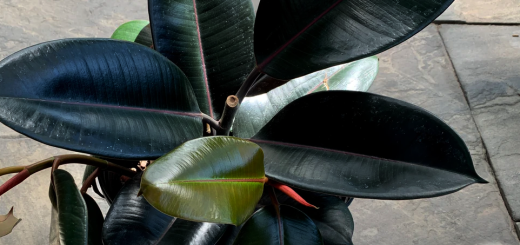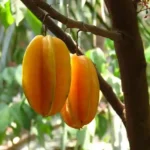Lanzones – Sweet, Sour, and Full of Flavor
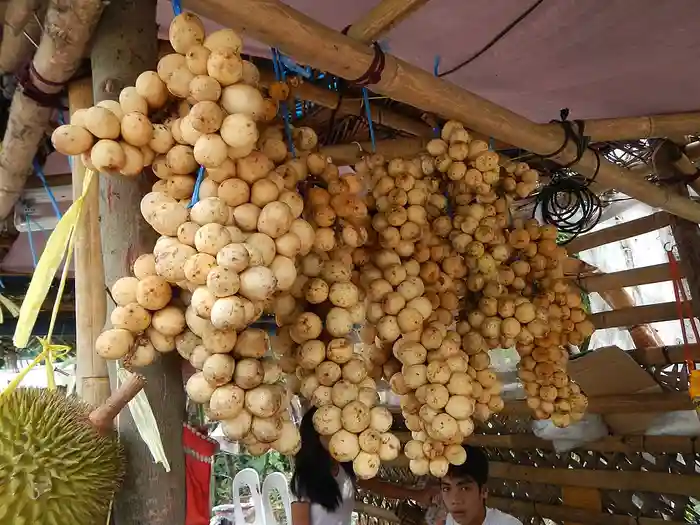
If you’ve ever wandered through a tropical fruit market in Southeast Asia, you may have stumbled upon small clusters of pale, round fruits with thin leathery skin and a distinct sweet aroma. Meet lanzones — a seasonal delicacy that’s as refreshing as it is unique.
What Is Lanzones?
Lanzones, also known as langsat (Lansium domesticum), is a tropical fruit native to Southeast Asia, particularly popular in the Philippines, Indonesia, Malaysia, and southern Thailand. The fruit grows in clusters, similar in appearance to small potatoes or longans, but once peeled, it reveals translucent, juicy flesh divided into segments.
Each segment is soft, sweet, and slightly tart, with a flavor that has been described as a cross between a grape and a pomelo — refreshing and light with a hint of bitterness if you happen upon a seed.
Where Do Lanzones Grow?
Lanzones trees thrive in warm, humid climates with rich soil and plenty of rainfall. In the Philippines, the fruit is particularly abundant in the provinces of Camiguin, Laguna, and Davao. In fact, Camiguin is so renowned for its lanzones that it celebrates an annual Lanzones Festival every October, featuring street dancing, parades, and fruit-themed festivities to honor the bountiful harvest.
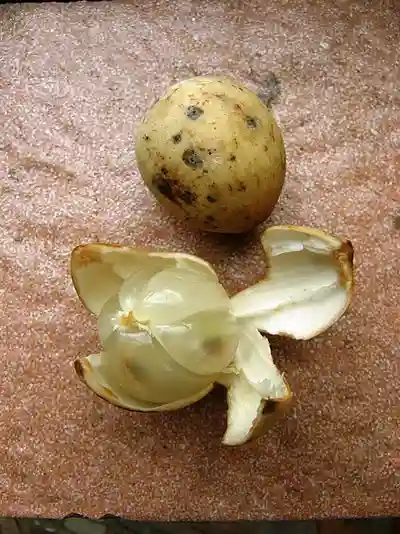
Lanzones peeled open, note the thin skin and the five lobes. – Creative Commons | Author: VoDeTan2 Dericks-Tan – Source: https://commons.wikimedia.org/wiki/File:Lansium_domesticum_var_domesticum1.jpg
Nutritional Benefits
Beyond its delicious taste, lanzones also offers a variety of health benefits:
- Rich in antioxidants – helping protect the body against oxidative stress.
- High in fiber – promoting digestive health.
- Contains vitamins A, B, and C – supporting immunity and skin health.
- Low in calories – making it a perfect guilt-free snack.
Additionally, traditional medicine in some regions uses the dried skin of lanzones to repel mosquitoes or treat diarrhea and ulcers.
How to Eat Lanzones
To enjoy lanzones, gently press or squeeze the fruit until the skin splits. Peel it open and remove the flesh, being cautious of the occasional bitter seed in the larger segments. The best lanzones are typically harvested during the rainy season, when their sweetness is at its peak.
Tip: Avoid fruits with too many dark spots or overly soft skin, as these may be overripe or spoiled.
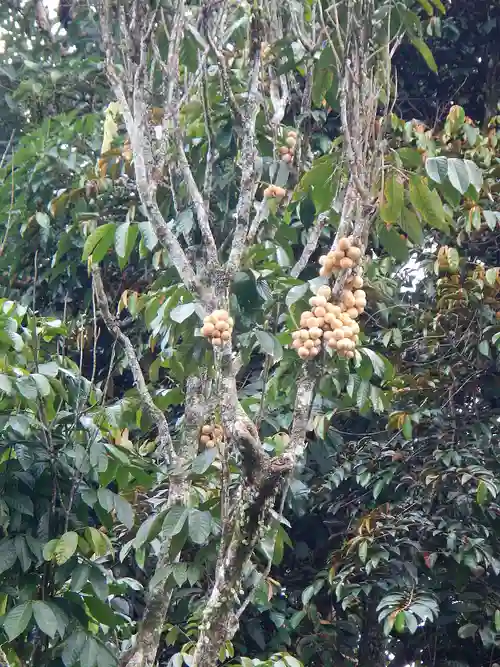
Lanzones Tree – Majayjay Laguna – Creative Commons | Author: Ramon FVelasquez – Source: https://commons.wikimedia.org/wiki/File:Majayjay,Lagunajf8987_06.JPG
A Fruit Worth Savoring
Whether you’re exploring a local fruit stand or visiting a tropical paradise, don’t miss the chance to try lanzones. Its delicate balance of sweet and tart, refreshing juice, and unique flavor profile make it a must-try for fruit lovers.
So the next time someone asks what your favorite exotic fruit is, you just might say, “Have you ever had lanzones?”
Check out Trees in The Philippines.
References:
https://en.wikipedia.org/wiki/Lansium_domesticum

